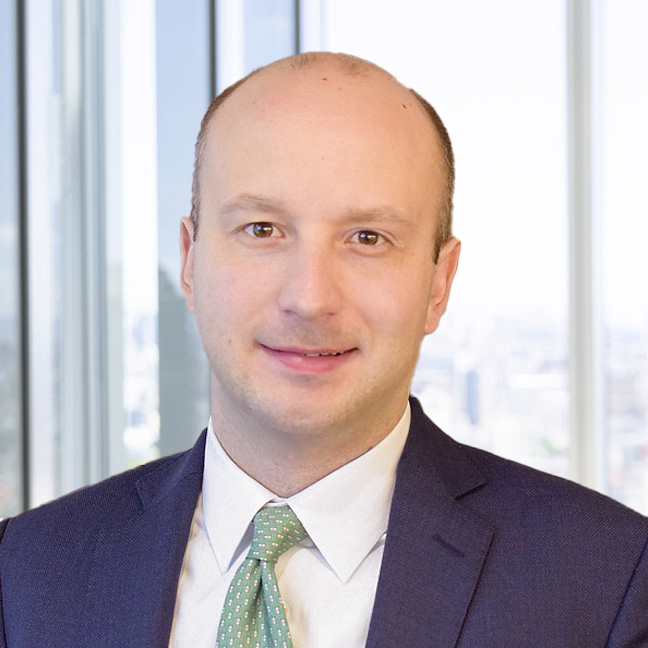- This suggests that today’s higher inflation is structural, rather than cyclical. It’s likely here to stay, albeit probably not at the 40-year highs we saw in 2022. We also expect inflation to be more volatile going forward, with potential for more violent swings over time.
- This persistently higher, more volatile inflation backdrop may also signal the return of more frequent, less predictable economic cycles in the period ahead, driven in part by a supply side that may remain “sticky” even as demand tends to fluctuate sharply.
- And global central banks may no longer be able to step in and "save the day” with interest-rate cuts and quantitative easing. Monetary policy is likely to be more restrictive going forward, potentially making central banks sources of volatility rather than stabilizing influences. Their struggle to balance growth and inflation will continue into 2023 and beyond.
- As if there weren’t enough volatility-inducing forces at play, global geopolitical instability is also ramping up, with very real implications for the capital markets and investor strategies. The ongoing Russia/Ukraine conflict and China’s increased role on the world stage are two prime examples. These geopolitical uncertainties have contributed to the trend toward deglobalization.
The key takeaway from all of this is that investors will have to contend with looming economic recession risks in 2023, along with other longer-term considerations, and think about how they might need to position their portfolios accordingly.
Seeking to minimize downside…
The hallmarks of this new macroeconomic era have contributed to a weakening of the diversifying relationship between equities and traditional bonds. Investors may no longer be able to count on the classic, often-reliable 60/40 equity/bond split to confer sufficient portfolio diversification. In fact, the historically negative correlation between the two asset classes turned positive in 2022 as both fell in tandem, adding risk to many investor portfolios.
Since conventional bonds may no longer provide the same amount of portfolio ballast as in the past, investors might benefit from searching for equity downside mitigation elsewhere; for example, in hedge funds or defensive equities that might better weather challenging economic environments.
This is not to say that global fixed income has lost all its luster. However, investors may wish to reevaluate their existing fixed income allocations in favor of less traditional opportunities to pursue yield and total return in a risk-aware manner, such as within some higher-yielding credit sectors.



























